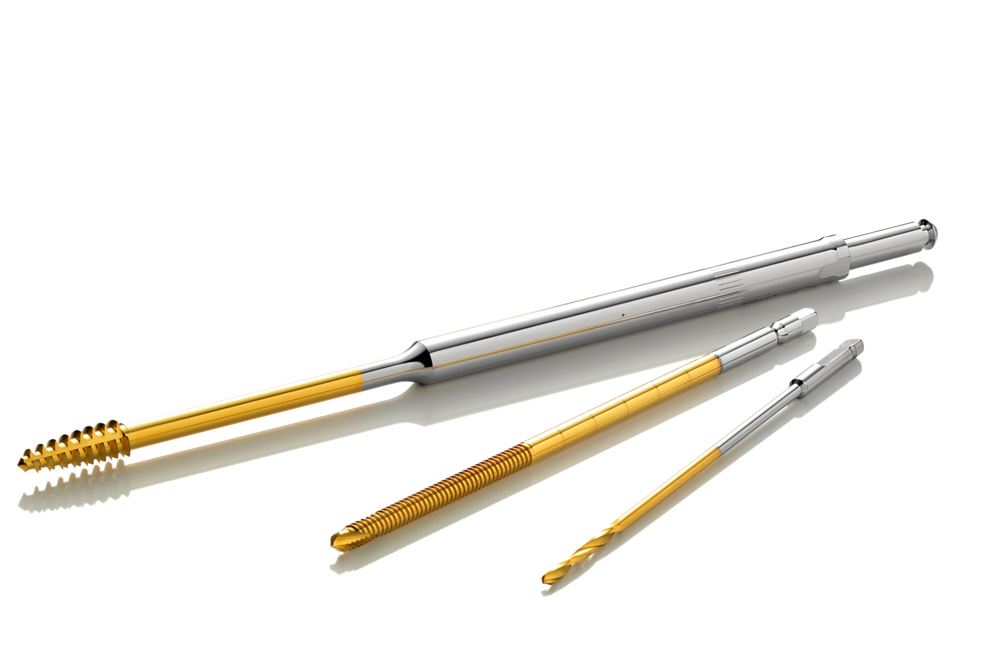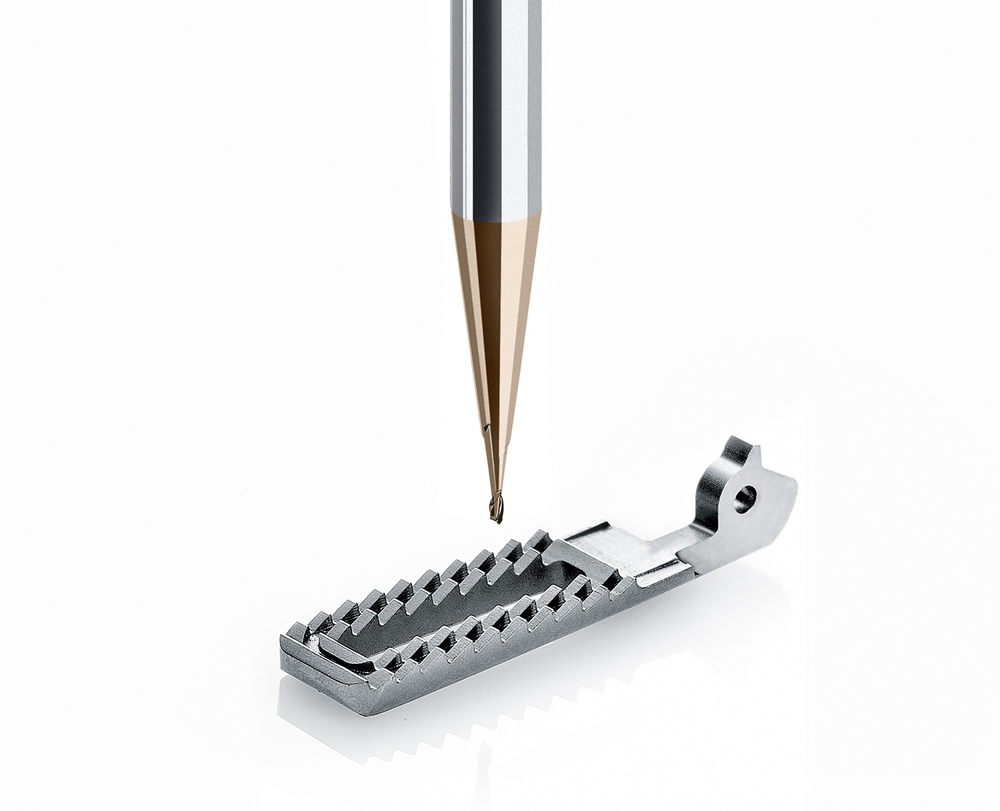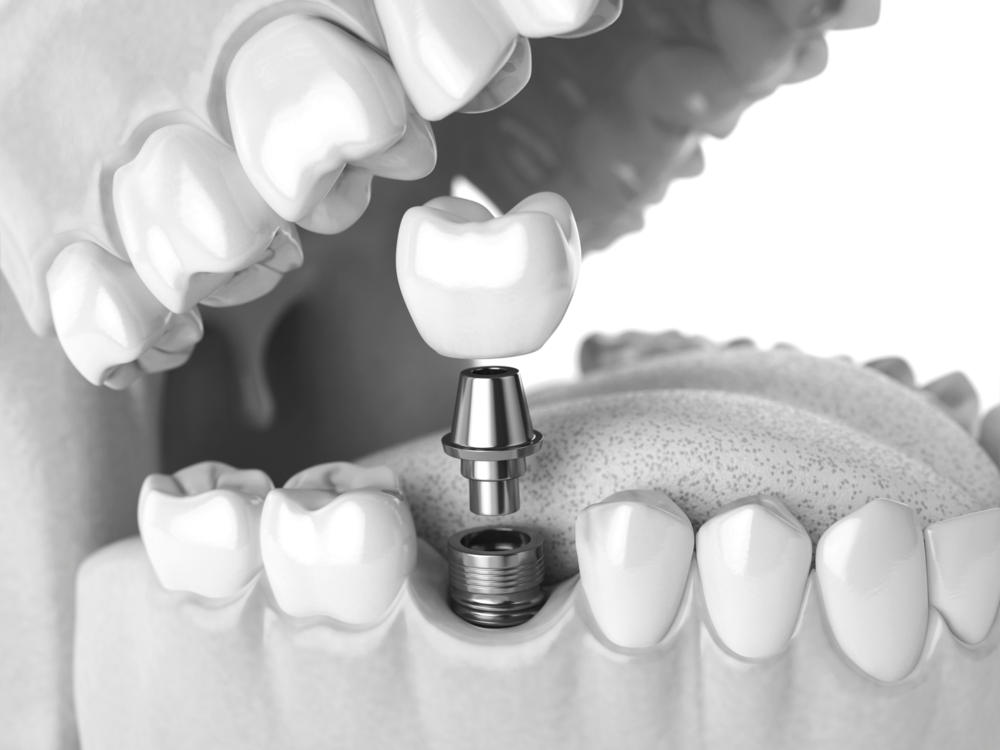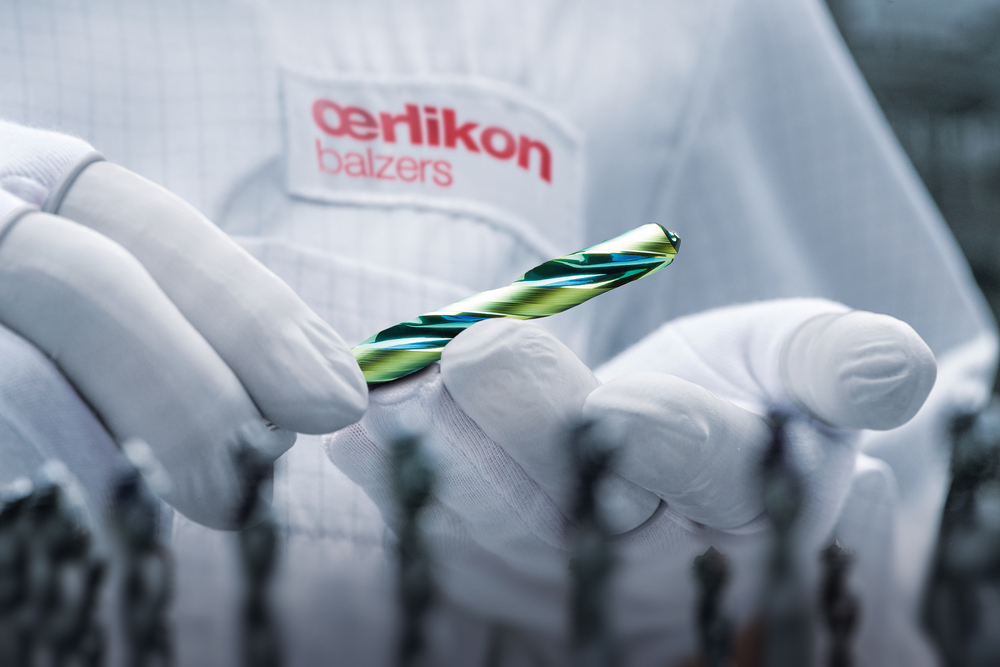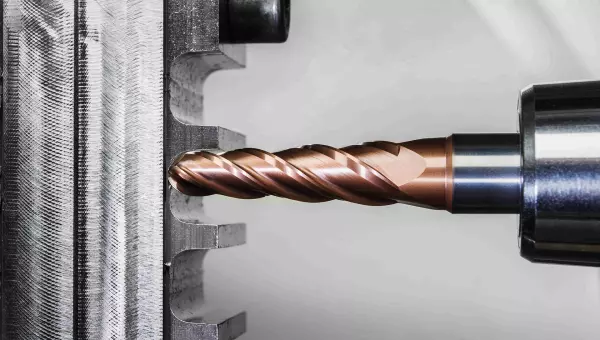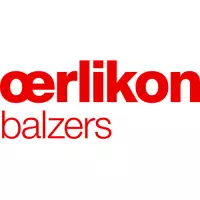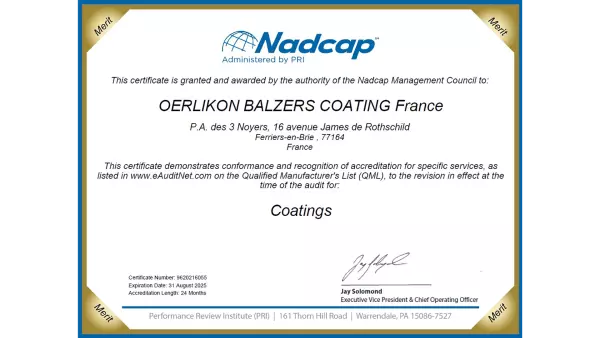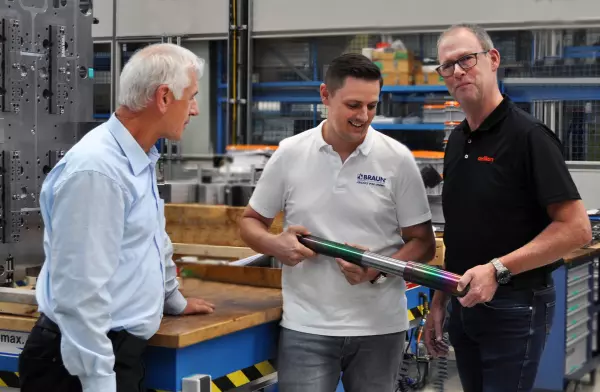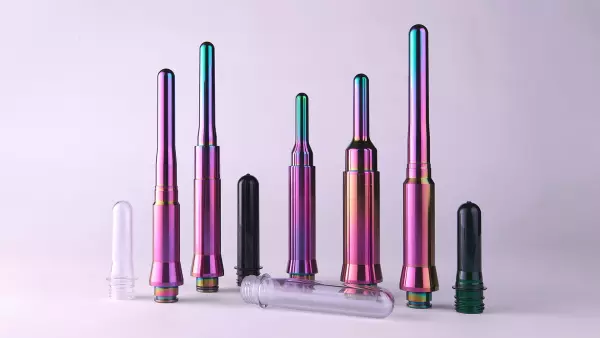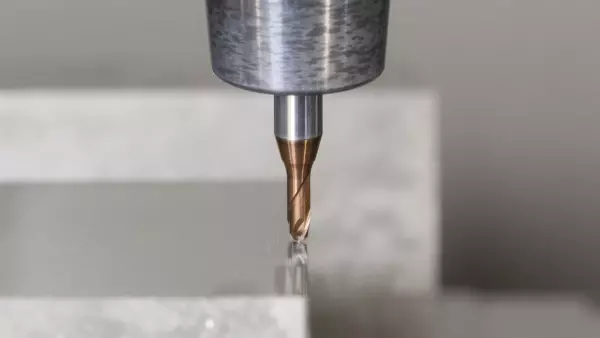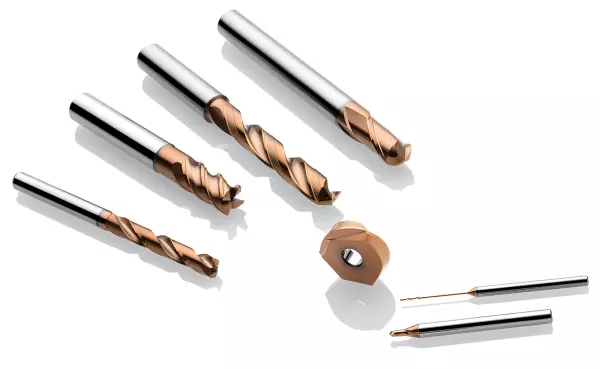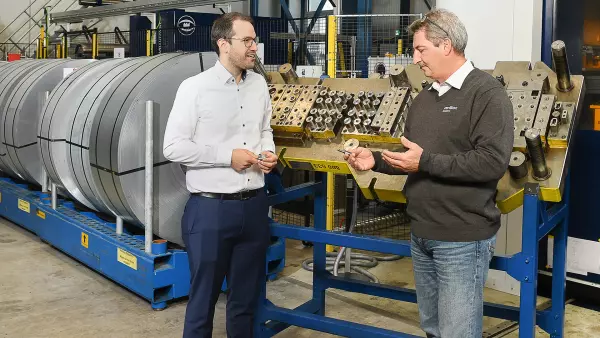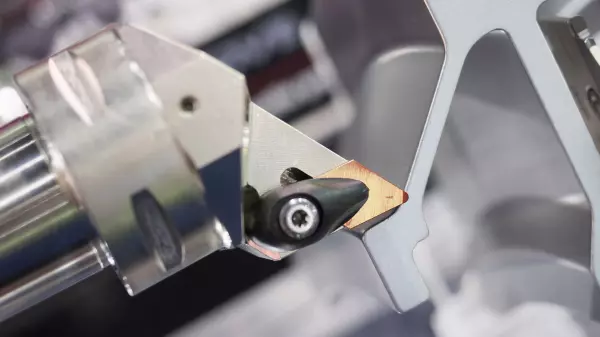
Coatings turn tools into marathon runners in production and create unimagined sustainability effects. Less waste and the use of resources and energy in production are the main advantages. But surface specialists create even greater benefits.
Coatings reduce friction, wear and corrosion and thus increase the service life of tools many times over. They are therefore prime examples of greater resource efficiency and sustainability. Thanks to their help, many more parts can usually be produced much more quickly. On the eco side, producers use less resources such as tools, lubricants, materials, energy and therefore also CO2. The increased manufacturing quality reduces rejects, waste and waste. In some cases, coatings enable dry machining without the need for environmentally harmful lubricants and their energy-intensive reprocessing.
The resulting effects and savings can only be shown in individual case calculations, as the operating conditions of tools are very different. An important factor is certainly their service life. For example, if the PVD (Physical Vapor Deposition) coating BALINIT TISAFLEX from Oerlikon Balzers promises a service life increase of 14 percent compared to previous benchmark products in Inconel machining for turbine components, this also means a significant eco-benefit.
A comparison of the service life of coated and uncoated tools shows this even more clearly: While an uncoated drill only managed 28 holes, the same tool with the BALINIT PERTURA PVD coating was still ready for use even after drilling over 4,500 holes. This lifespan extension of over 160 times corresponds to far-reaching sustainability effects, as fewer tools have to be produced or reprocessed and no raw materials or waste, energy, transport costs or CO2 emissions are required. In numbers: 13.7 kg of hard metal and the equivalent of 75 beech trees are saved, which together absorb around 935 kg of CO2 per year.
In the PVD process used for this purpose, wear protection layers are deposited directly onto the tools in the vacuum of a plasma reactor. However, the resources and energy required for this are small compared to the effort involved in tool production. With the help of life cycle assessments, for example, the environmental impact of hard metal production compared to PVD coating can be assessed: Accordingly, the use of resources for PVD coating is only around 10 percent compared to the production of a hard metal tool.
Reprocessing instead of disposal
Many PVD coatings are also ideal for reprocessing, i.e. for regrinding and recoating tools. The primeGear service from Oerlikon Balzers, for example, reduces the manufacturing costs for gear components and conserves natural resources by remanufacturing coated cutting tools, thereby restoring the full performance of the original tool.
Intelligent tool management, such as the “Tool ID” solution from Oerlikon Balzers, creates ecological benefits that should not be underestimated. It links the DMC (Data Matrix Code) coding of coated tools, data integration in a cloud and networking with production machines. This allows you to determine how much operating time remains until the end of life or reprocessing. In this way, the tool life can be fully utilized.
Oerlikon is developing sustainable solutions in all divisions and, after several rating upgrades, is among the top 10 percent of the best-rated industrial companies in terms of sustainability in 2022. The group received the silver award from EcoVadis, one of the world's leading providers of sustainability ratings for Corporate Social Responsibility (CSR), as well as top ratings from industry-known companies such as Sustainalytics, ISS ESG and MSCI. Oerlikon is also active on various sustainability platforms, including the international non-profit organization CDP.
To the original article

